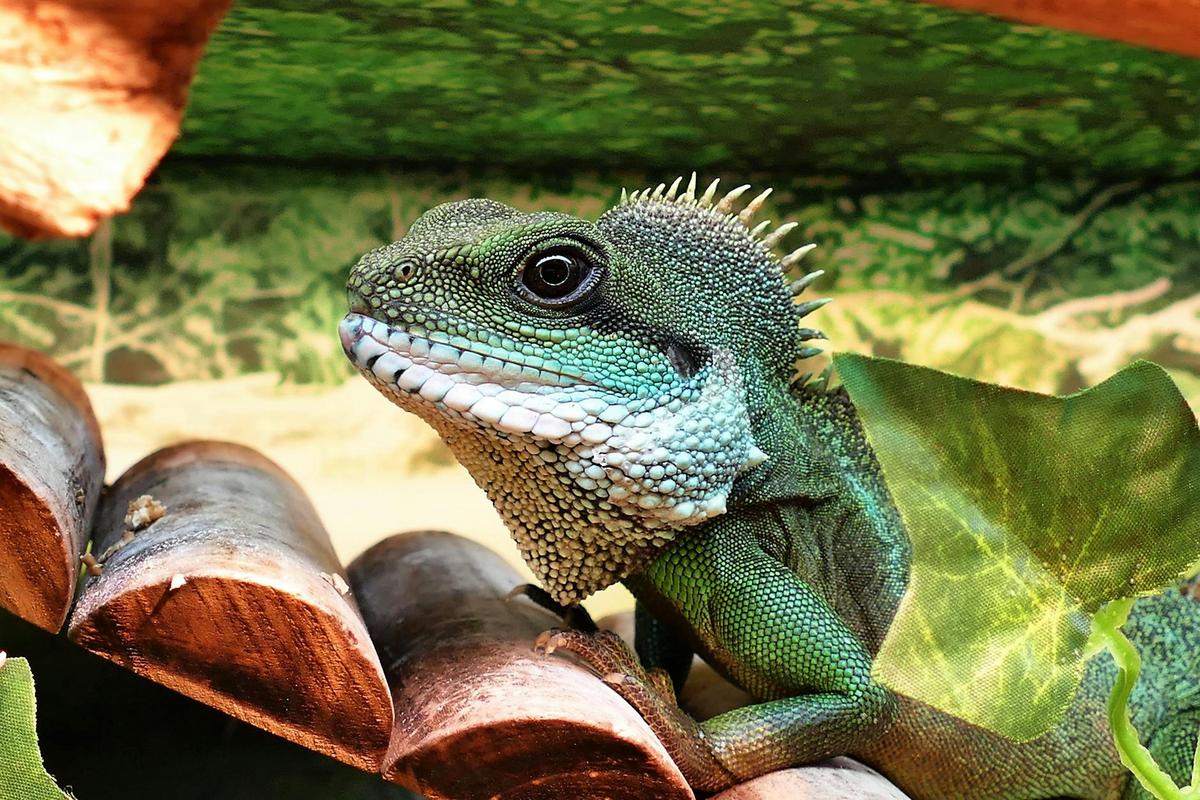
The Importance of Portion Control for Pets
Feeding our pets is a daily ritual that often brings joy to both pet and owner. However, portion control is a crucial aspect that many pet parents might overlook, leading to potential health issues for their furry friends.
Understanding Portion Control
Portion control isn’t just about measuring food; it’s about understanding the right amount of nutrients your pet needs to thrive. According to the Association for Pet Obesity Prevention, over 50% of pets in the United States are overweight, a statistic highlighting the need for better portion management.
The Role of Portion Control in Pet Health
Nutrition experts emphasize that portion control is vital for maintaining a healthy weight and preventing obesity-related diseases like diabetes and arthritis. Dr. Rebecca Remillard, a veterinary nutritionist, explains, “Proper portioning ensures pets receive the necessary nutrients without excess calories.”
Statistics to Consider
The American Veterinary Medical Association notes that pets at a healthy weight live, on average, 15% longer than their overweight counterparts. This statistic underscores the importance of feeding your pet the right amount.
Personal Stories: Learning the Hard Way
Consider the story of Mark, who noticed his Labrador, Max, was losing energy and gaining weight rapidly. After consulting with a vet, Mark realized he was overfeeding Max, thinking he was just being a good pet parent. With guidance, Mark adjusted Max’s portions, leading to improved energy levels and weight loss.
Tips for Effective Portion Control
- Consult with your vet to determine the proper portion size based on your pet’s age, weight, and activity level.
- Use measuring cups or scales to ensure accuracy.
- Be mindful of treats; they should not make up more than 10% of your pet’s daily caloric intake.
Consider using an automatic feeder to regulate meal times and portions, ensuring your pet receives consistent, measured meals even when you’re not home.
Tools and Resources
To aid pet owners, many websites offer calorie calculators tailored to pets, such as the Pet Nutrition Alliance’s calculator. Additionally, pet food brands often provide feeding guides that can serve as a helpful starting point.
| Pet Type | Age | Activity Level | Recommended Portion |
|---|---|---|---|
| Dog | Puppy | High | 3-4 cups |
| Dog | Adult | Moderate | 2-3 cups |
| Dog | Senior | Low | 1-2 cups |
| Cat | Kitten | High | 1/2 cup |
| Cat | Adult | Moderate | 1/4 cup |
| Cat | Senior | Low | 1/8 cup |
| Rabbit | Adult | Moderate | 1/2 cup of pellets |
| Rabbit | Senior | Low | 1/4 cup of pellets |
Frequently Asked Questions
How do I know if I’m overfeeding my pet?
Look for signs like weight gain, lethargy, and frequent begging. Regular vet visits can help monitor your pet’s weight and health.
Can portion control vary between different pet breeds?
Yes, different breeds have different metabolic rates and nutritional needs, so it’s important to tailor portion sizes to your specific pet.
Ultimately, portion control is a vital component in ensuring your pet’s health and longevity. By understanding and implementing proper portion sizes, you can help your pet lead a healthier, happier life. Don’t hesitate to consult with your veterinarian to find the best feeding strategy for your pet’s needs.


